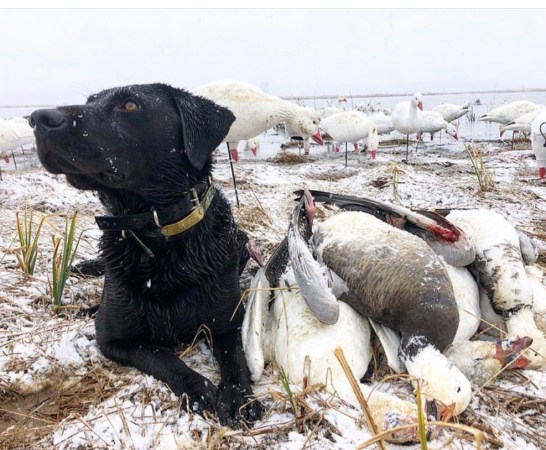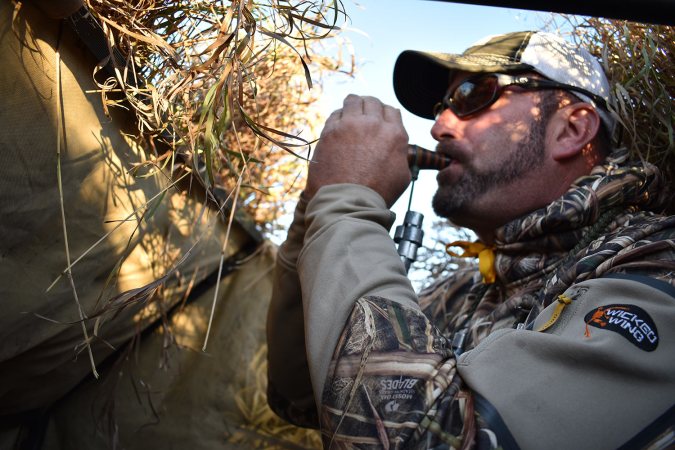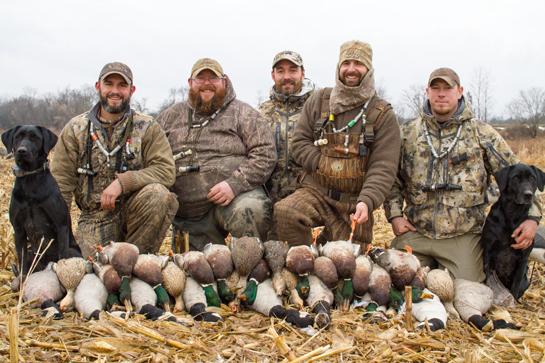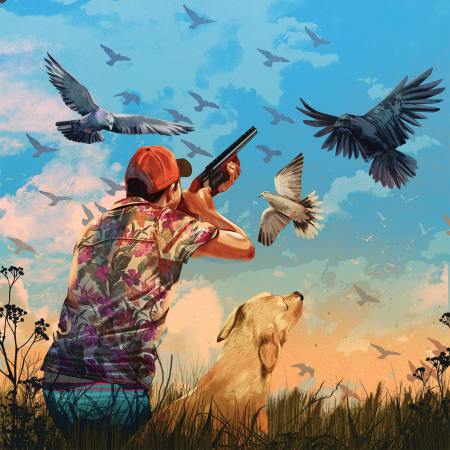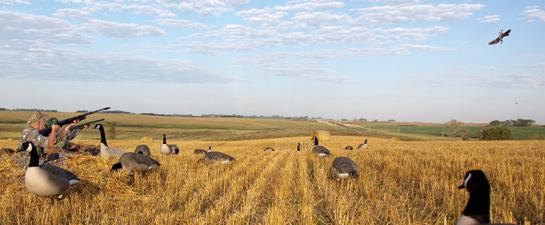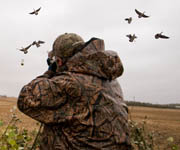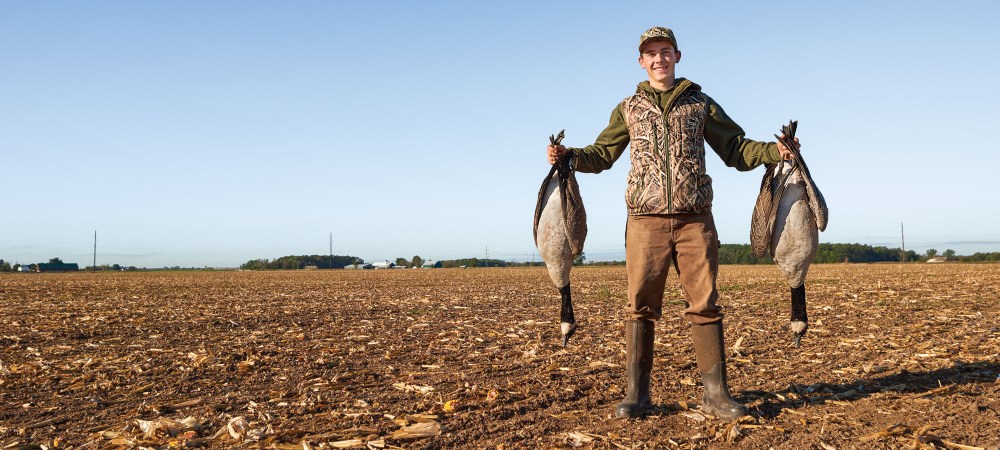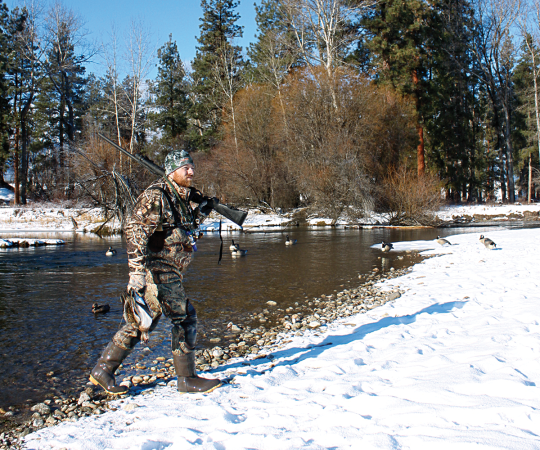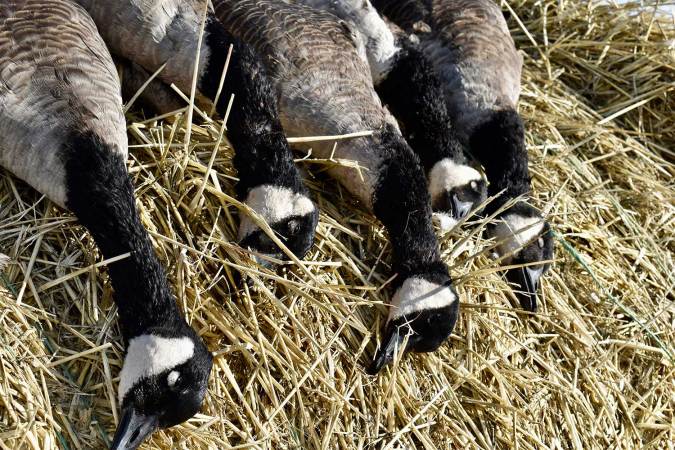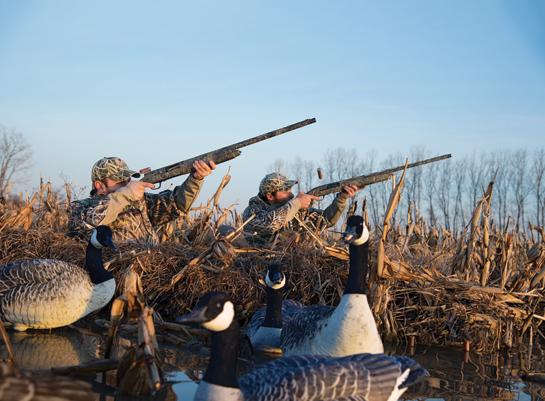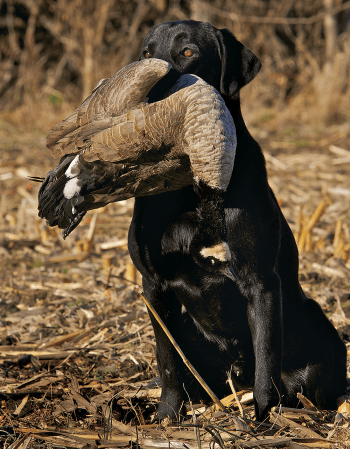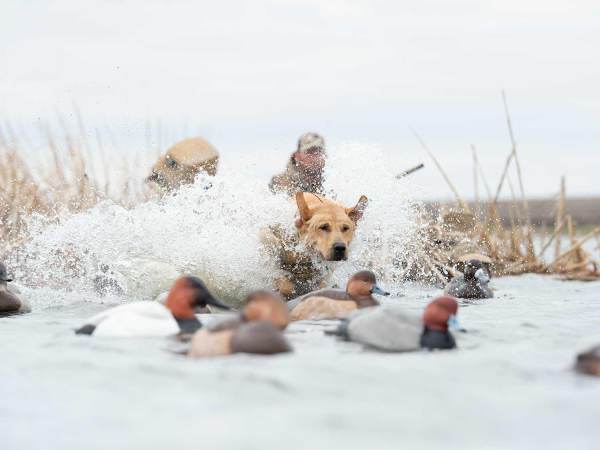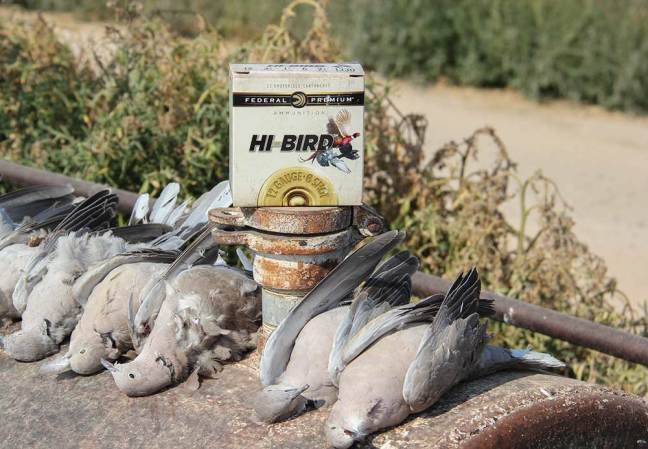Once you’ve found your field to hunt, concealment is the biggest single factor in goose hunting success. It’s more important than your decoys, their spread, calling or anything else out there. This point was drilled down every morning during a week of hunting with Avery Pro Staffers Arliss Reed and Mike Bard in upstate New York earlier this month . As Bard likes to say, “You can do without some decoys, but your can’t shoot birds if you’re not hidden.”
• When you scout your field the night before, find the exact spot where you want to hide. Look for natural cover: hedgerows along the field edge, a pile of silage, or tall grass sprouting up between the rows of cut corn.
• Before you pull the decoy bags out of the truck, get everyone working on the blinds. Get to the field early enough so you don’t have to divide the labor–one guy on blinds, another on decoys. Have everyone working to stubble-up, so if birds kick in early, everyone has a hide.
• Graze lightly. Grasses and other natural cover near the edge often looks different than cover in the middle of a field. You don’t want dark green grass, no matter how thick or easy to pick, from a hedgerow in the middle of your light-colored cornfield. Pick stubble near the spot where you’ll hunt, but don’t take the field down to bare earth. Your blinds should look as natural as possible–obviously–and not breakup the continuity of the field as seen from above.
• We used Avery Finisher blinds, which are extremely comfortable and easy to hide, with three height settings, so they can sit with a relatively low profile. Grassing over the top of the blind, near your head, and along the foot bag on the bottom is most important because those spots will move the most while hunting–your head tracking birds, your feet kicking around as you get in and out. Also, break up the hard edges along the back and sides of the blinds, so from a distance it’ll just look like a gradual bump in the field.
• Space your blinds far enough apart so they don’t look like one giant mound. If the corn was cut, use the standing rows to your advantage so each blind has its own row. It will look more natural that way from afar.


